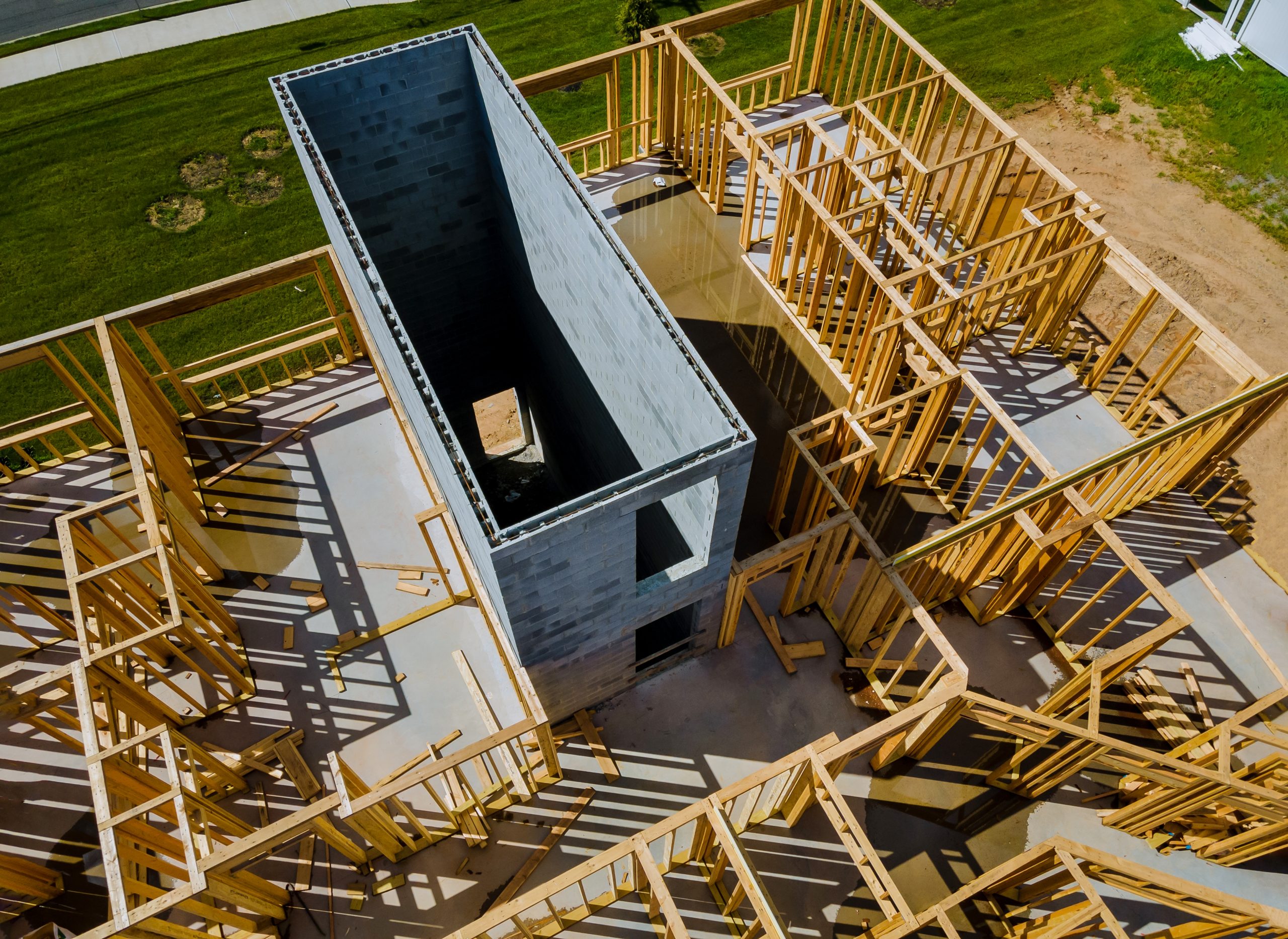Acoustic panels
Acoustic panels are made with materials that absorb noise and reduce vibrations. They are widely used in commercial spaces such as restaurants, offices, education facilities and recording studios to improve sound quality. Types of acoustic panels include soft, wooden and decorative art. Over recent years there has been an increasing demand for acoustic panels to be design features of a room as well as a solution for sound control.
The application of 50mm thick acoustic foam absorber panels at Walsall College was highly effective in controlling noise.
Advanced modelling software
Advanced modelling software predicts factors such as sound quality and noise reduction performance. Acoustic engineers develop predictive 3D models of buildings from which acoustic design documents can be produced.
Meanwhile, research into computer modelling of sound for acoustic design is being carried out at University of Salford to tackle acoustic problems in homes and other challenging environments.
Soundproofing materials
The choice of soundproofing material depends on the level of noise reduction that is needed.
- Foam is a high performance soundproofing material that is soft and lightweight, and designed for controlling noises that are caused by contact with hard surfaces such as walls and ceilings. It is often the preferred soundproofing material for industrial settings.
- Acoustic isolation membrane installed in walls, ceilings and floors reduces the impact of airborne sound. Studwork isolating strips made of polyurethane foam were installed in party walls of Liverpool’s Hard Day’s Night Hotel for cost-effective, long term performance.
- Open cell cavity insulation usually made from rock wool, stone wool, mineral wool or fibreglass is installed into cavities to pack out the airspace and prevent or significantly reduce the transmission of sound. An installation at Birmingham University successfully used rock mineral wool slabs.
- The high mass properties of solid PVC sheeting offer exceptional sound absorption and insulation, making it a beneficial soundproofing material for both domestic and commercial applications.

